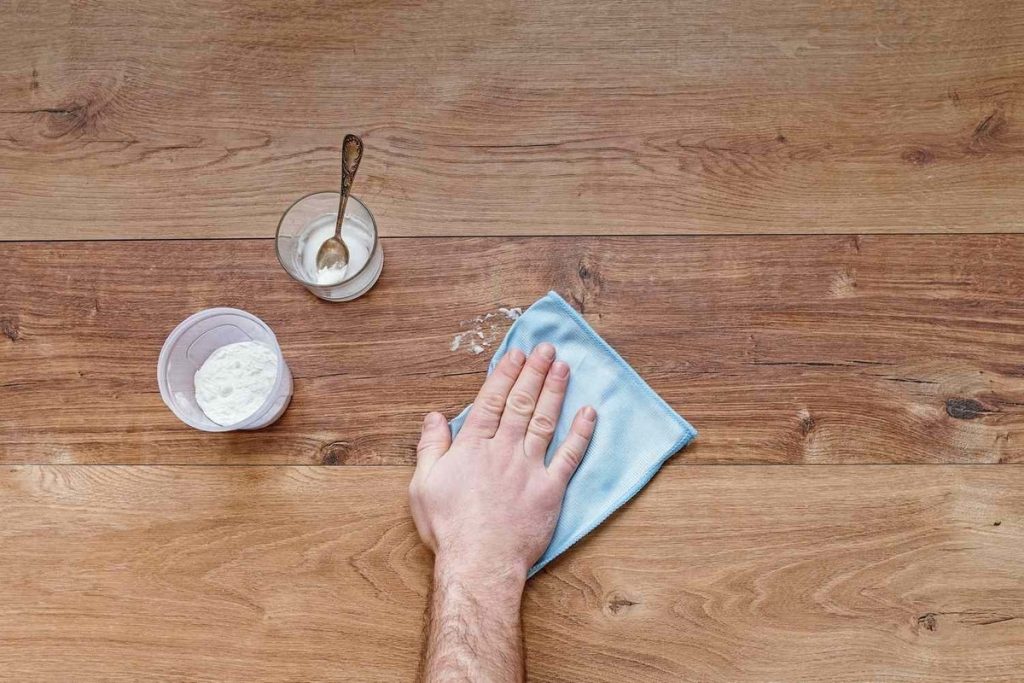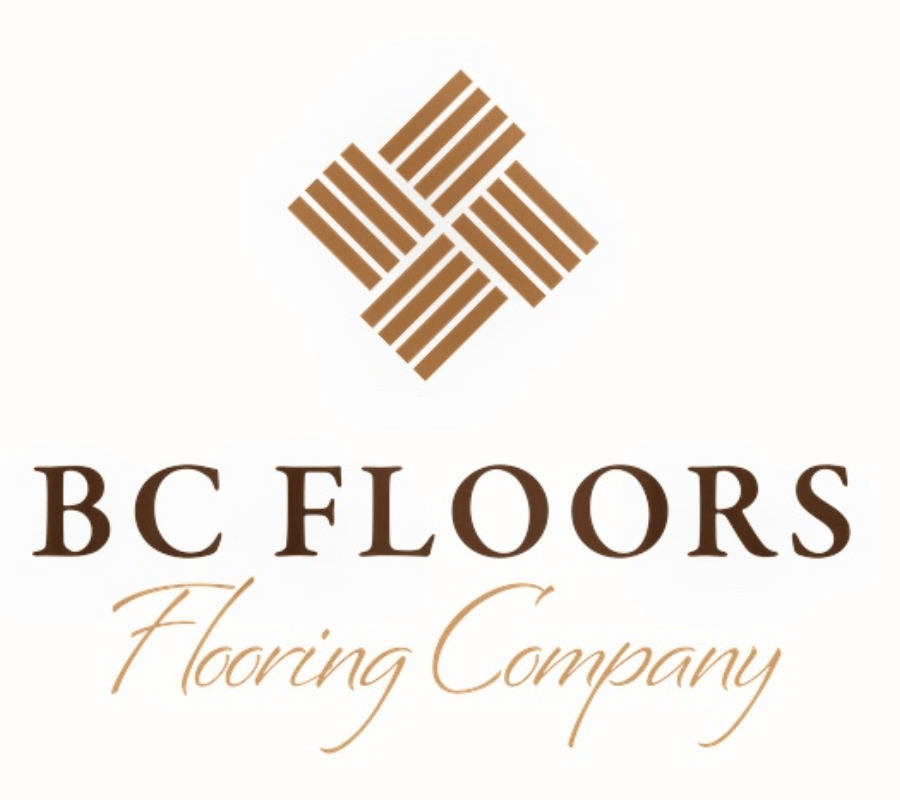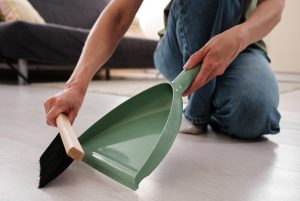Vinyl flooring is a popular choice for many homeowners due to its durability, affordability, and aesthetic appeal. However, like any other type of flooring, it can fall victim to various types of stains. Whether it’s a spilled glass of wine or muddy footprints, understanding how to remove stains from vinyl flooring effectively is crucial to maintaining its pristine look.
Understanding Vinyl Flooring and Its Stain Resistance
Vinyl flooring is crafted from synthetic materials, primarily PVC (polyvinyl chloride), which is known for its water-resistant properties. This makes it a great choice for areas prone to moisture, such as kitchens and bathrooms. Its stain resistance is one of the selling points, but it’s important to note that while vinyl is resistant, it is not completely stain-proof. Understanding the nature of vinyl will help you better address stain issues.
The wear layer of vinyl flooring acts as a protective shield against stains and scratches. However, over time, this layer can become worn or damaged, making the flooring more susceptible to staining. Regular maintenance and prompt attention to spills can help maintain the effectiveness of this protective layer.
In addition to its construction, the technique used in vinyl flooring installation can also influence its stain resistance. Proper sealing of the seams and edges prevents liquids from seeping underneath the flooring, which can lead to stubborn stains and mould growth. By ensuring proper installation and maintenance, you can maximize the stain resistance of your vinyl floors.

Common Types of Stains on Vinyl Flooring
Vinyl flooring can fall victim to a variety of stains, each requiring a different approach for effective removal. Understanding the common types of stains will help you choose the best method for cleaning.
- Food and Beverage Stains: These are the most common offenders and include spills from coffee, wine, and sauces. Due to their acidic nature, these substances need immediate attention to prevent permanent discolouration.
- Ink and Dye Stains: Ink from pens or markers, and dyes from clothing or rugs can leave noticeable marks on vinyl flooring. These stains can be particularly challenging because they often penetrate the surface layer.
- Scuff Marks and Rubber Stains: Shoes and furniture with rubber bases can leave black scuff marks. These are not technically stains but can be just as unsightly and stubborn to remove.
Essential Tools and Supplies for Stain Removal
Before you start removing stains from your vinyl flooring, ensure you have the right tools and supplies. Having these items on hand will make the process smoother and more efficient.
Tools:
- Soft-bristled brush: Ideal for scrubbing without scratching the surface.
- Microfiber cloths: Useful for wiping and absorbing liquids.
- Spray bottle: For applying cleaning solutions evenly.
Supplies:
- Mild detergent: A gentle cleaner that won’t damage your flooring.
- White vinegar: A natural cleaning agent effective against many types of stains.
- Baking soda: Known for its abrasive properties, it helps lift tough stains.
- Isopropyl alcohol: Useful for removing ink and dye stains.
- Commercial vinyl floor cleaner: Specifically formulated to clean vinyl without leaving residues.
Having these essentials ready ensures you’re prepared to tackle any stain that comes your way, keeping your vinyl flooring looking its best.
Step-by-Step Guide: How to Remove Stains from Vinyl Flooring
Removing stains from vinyl flooring need not be daunting if you follow a systematic approach. Here’s a step-by-step guide to help you achieve the best results.
- Identify the Stain: Determine if the stain is from food, ink, or rubber. This helps choose the right cleaning method and products.
- Prepare the Area: Clear the area of any furniture or obstacles. This gives you ample space to work and ensures you don’t miss any spots.
Initial Cleaning: Use a damp microfiber cloth with a mild detergent to gently wipe the stained area. This initial cleaning can often remove light stains. - Apply Stain-Specific Solutions: Use vinegar for food stains or isopropyl alcohol for ink stains, depending on the type.
- Scrub Gently: Use a soft-bristled brush to scrub the area gently. Avoid using excessive force, which can damage the vinyl surface.
- Rinse and Dry: Once the stain is gone, rinse the area with clean water to remove any cleaning solution residue. Dry it thoroughly with a microfiber cloth to prevent water spots.
Natural Remedies for Stain Removal
If you prefer to use natural remedies for cleaning, several household items can effectively remove stains from vinyl flooring without harsh chemicals.
- White Vinegar: Mix equal parts of white vinegar and water in a spray bottle. Apply to the stained area and let it sit for a few minutes before gently scrubbing with a soft-bristled brush. Vinegar is excellent for removing food and beverage stains.
- Baking Soda Paste: Combine baking soda with water to create a paste. Apply this to stubborn stains and allow it to sit for 10-15 minutes. Gently scrub and rinse with water. Baking soda’s mild abrasiveness can lift deep-set stains without scratching the floor.
- Lemon Juice: Known for its natural bleaching properties, lemon juice can be effective on stains like rust or fruit juices. Apply directly to the stain and let it sit for a few minutes before wiping clean.
These natural remedies not only clean effectively but are also environmentally friendly, making them a great choice for maintaining your vinyl flooring in an eco-conscious manner.
Commercial Products for Effective Stain Removal
When natural remedies fall short, commercial products can offer a powerful alternative for removing stubborn stains from vinyl flooring. There are various products on the market specifically designed to clean and protect vinyl surfaces. Here are a few options to consider:
- Vinyl Floor Cleaners: These are formulated to clean vinyl without leaving streaks or residue. They can be sprayed directly onto the stain and wiped away with a microfiber cloth.
- Magic Erasers: These are effective for removing scuff marks and other tough stains. Simply dampen the eraser and rub it over the stain until it disappears.
- Rubbing Alcohol: For ink or dye stains, rubbing alcohol can be highly effective. Apply a small amount to a cloth and dab at the stain, being careful not to spread it further.
While commercial products can be highly effective, it’s essential to follow the manufacturer’s instructions to avoid damaging your flooring. Always test any new product in an inconspicuous area before applying it to a visible stain.
Preventing Future Stains on Vinyl Flooring
Preventing stains is often easier than removing them, and by taking a few proactive steps, you can keep your vinyl flooring looking spotless. Here are some tips to help you prevent future stains:
- Place Mats and Rugs: Use mats or rugs at entryways to catch dirt, mud, and moisture before they reach your vinyl flooring. This can help reduce the risk of stains from outdoor debris.
- Clean Spills Immediately: As soon as a spill occurs, clean it up promptly to prevent it from setting in. Blot the area with a cloth and use a suitable cleaning solution to remove any residue.
- Implement a Regular Cleaning Routine: Regularly sweep or vacuum your vinyl flooring to remove dust and dirt that can contribute to stains. Mop the floor with a vinyl-safe cleaner to maintain its appearance.
- Use Protective Pads: Place protective pads under furniture legs to prevent scuff marks and scratches that can lead to staining.
When to Seek Professional Cleaning Services
Despite your best efforts, there may be instances when professional cleaning services are necessary. Recognizing when to call in the experts can save your flooring from irreversible damage.
- Stubborn Stains: If a stain persists after multiple cleaning attempts, it might be time to consult a professional. They have access to specialized equipment and products that can tackle even the most challenging stains.
- Extensive Damage: If your flooring has extensive damage or wear, professional services can evaluate and recommend the best course of action, whether it’s deep cleaning or partial replacement.
- Time Constraints: If your schedule doesn’t allow for the time-intensive process of cleaning, professionals can efficiently handle the job, ensuring your floors remain in top condition.
Summary
Maintaining the beauty and durability of your vinyl flooring requires knowing how to remove stains from vinyl flooring effectively using both natural and commercial products, as well as understanding when professional help is needed. To keep your flooring in top condition, combine regular cleaning, protective measures, and professional assistance when necessary. If you’re considering replacing your vinyl flooring, don’t hesitate to get in touch with our professionals for a quote.

